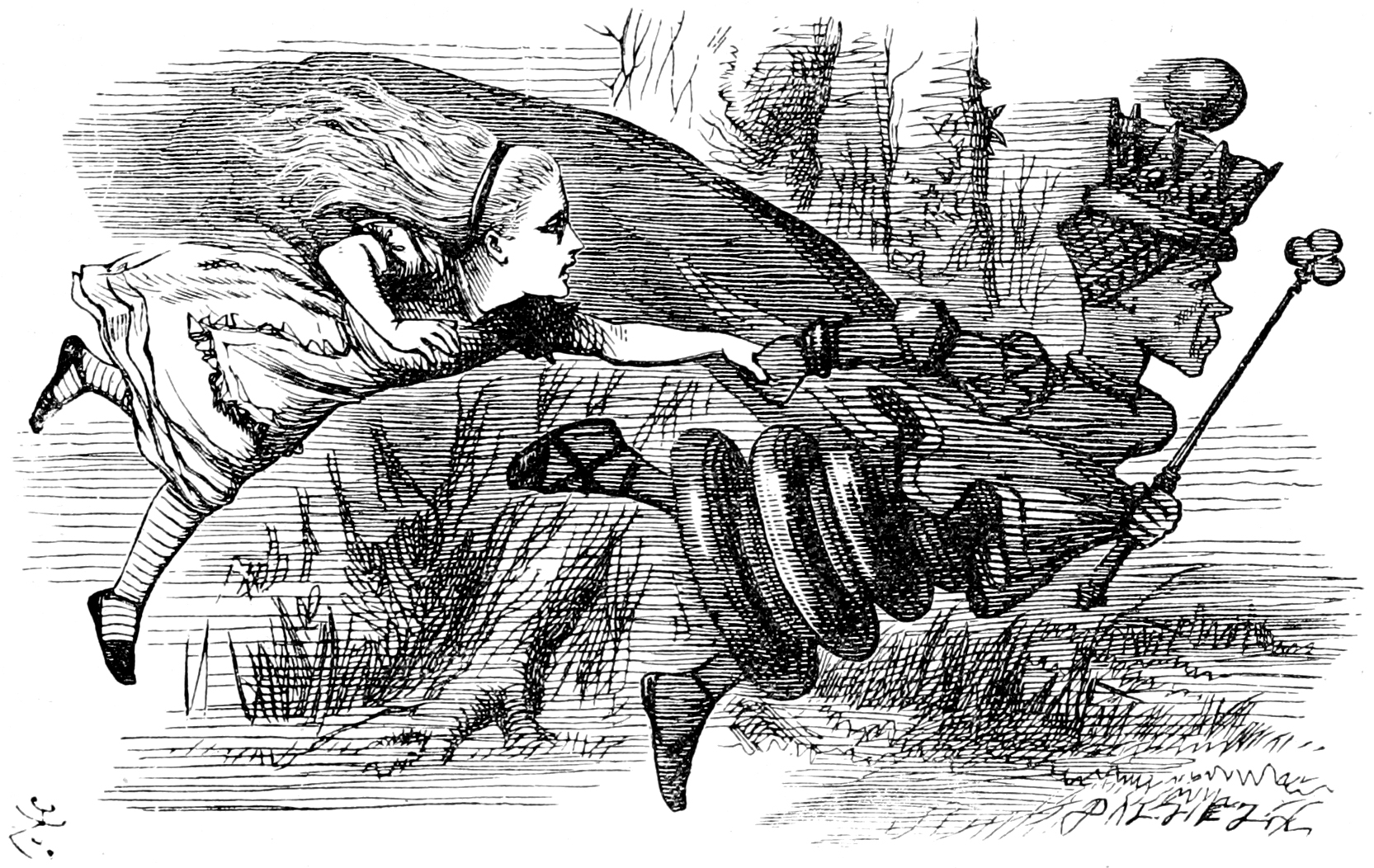I’m keeping half an eye on Chrissi Neranzi’s Creativity for Learning in HE, which started for real this week. The first activity for this week is to:
Select a few objects from home/your office you would normally never use in your teaching. Add them to your portfolio and briefly explain your rationale why you would never use these.
I wonder if this is meant to make me realise that I can be creative and use an awful lot of these everyday objects in my teaching. Hmmm – as they say around here, just naw. So here’s some of the objects I would never use – normally or ever:
- My ukuleles. I teach analytic philosophy. I might (read: I do) sometimes play Monty Python clips, but I have limited time and set questions to cover, so I am not going to get them to listen to me playing So Much Wine. Or anything.
- My carving knives. They are sharp. I don’t think putting them in my backpack and carrying them around is a good idea.
- My bedding. Sometimes I do feel like crawling under my duvet instead of teaching. I should not encourage that behaviour.
- My knitting. Unfortunately, I can think of no tutorial topic that could be enhanced by the inclusion of this. Descartes’ proofs of the existence of God? Logical fallacies? Nah. I’d like it to be fine for me to knit while conducting a seminar, but it’s not.
- My bust of Beethoven. It is one of my favourite things, but he already has a chip from moving him years ago and he is heavy!
- My alcohol. Oh, how I wish sometimes that this was allowed …
I could go on, but I won’t. I do get the point though – there’s lots of stuff around that we could use creatively to enhance our teaching.
For anybody wanting to know what the title of this post means, see below.




![IMG_20150925_155351573[1]](https://stoic-varahamihira.217-199-161-76.plesk.page/wp-content/uploads/2015/09/IMG_20150925_1553515731-150x150.jpg)
![IMG_20150925_161231397[1]](https://stoic-varahamihira.217-199-161-76.plesk.page/wp-content/uploads/2015/09/IMG_20150925_1612313971-150x150.jpg)
![IMG_20150831_174707110[1]](https://stoic-varahamihira.217-199-161-76.plesk.page/wp-content/uploads/2015/09/IMG_20150831_1747071101-150x150.jpg)
![IMG_20150910_195555584[1]](https://stoic-varahamihira.217-199-161-76.plesk.page/wp-content/uploads/2015/09/IMG_20150910_1955555841-150x150.jpg)
![IMG_20150925_163607678[1]](https://stoic-varahamihira.217-199-161-76.plesk.page/wp-content/uploads/2015/09/IMG_20150925_1636076781-150x150.jpg)


